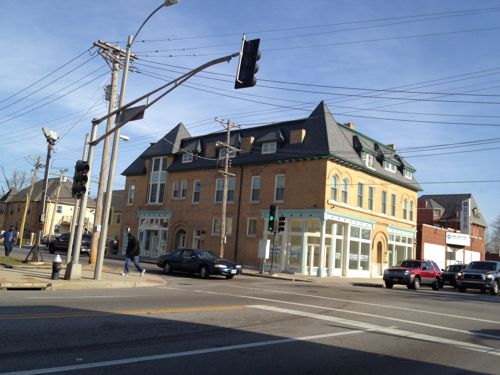Opinion: Missouri GOP Gutted Missouri’s Civil Rights Law

Senate Bill 43, signed by Gov Greitens, guts Missouri’s civil rights protections:
The governor’s signature on Senate Bill 43, for which Greitens had not publicly stated his support, will require workers who claim discrimination in wrongful-termination suits to prove that bias was the explicit reason they were fired. The current standard requires only that dismissed workers prove that bias merely was a contributing factor.
“I’ve met with passionate advocates on both sides of SB 43,” Greitens said. “I respect all of them. I’ve listened to every side. I believe we need to bring Missouri’s standards in line with 38 other states and the federal government.”
The new law applies a “motivating factor” standard for employment discrimination cases, which Greitens’ office said is in keeping with standards used by the U.S. Equal Employment Opportunity Commission in analyzing claims under the Civil Rights Act of 1964 and the Americans with Disabilities Act.
The measure changes Missouri’s whistleblower laws — including removing protections for state employees — and limits punitive damages for victims of workplace discrimination.
The bill also says employees can’t sue the individual who engaged in discriminatory actions. They can sue only the business itself.(KC Star)
The applies to all discrimination, not just employment. Housing, public accommodation, etc are all changed. As a gay disabled person this is troubling.
Despite high-profile opposition from civil rights groups, a personal friend and Democratic lawmakers, Gov. Eric Greitens approved a measure that will require people to explicitly prove their race, sex or other protected status actually motivated their boss or colleague to mistreat them to win an employment discrimination case.
[snip]
Missouri workers currently need only prove their protected status was a “contributing factor” to prevail in court. For example, if a Hispanic plaintiff is fired for being late for work while white workers show up late and aren’t fired, the Hispanic employee could ask a jury to compare the treatment and contend that race “contributed” to the boss’s decision.
Under the new law, which goes into effect Aug. 28, such an employee would need to meet a higher standard: The worker would have to show that race explicitly “motivated” mistreatment through, for example, written documentation of racist comments. (Post-Dispatch)
To prove motivation in a discrimination case is nearly impossible. Therefore, I applaud the National NAACP for backing the Missouri NAACP Travel Advisory, as a way to call attention to what is happening. They and other groups should boycott Missouri until this is reversed.
Readers were split in the recent Sunday Poll:
Q: Agree or disagree: The NAACP travel advisory is unnecessary and should be pulled
- Strongly agree 9 [23.68%]
- Agree 5 [13.16%]
- Somewhat agree 4 [10.53%]
- Neither agree or disagree 2 [5.26%]
- Somewhat disagree 0 [0%]
- Disagree 7 [18.42%]
- Strongly disagree 10 [26.32%]
- Unsure/No Answer 1 [2.63%]
Everyone reading this falls into at least one protected class, but your legal options to address discrimination will soon be limited.
— Steve Patterson




